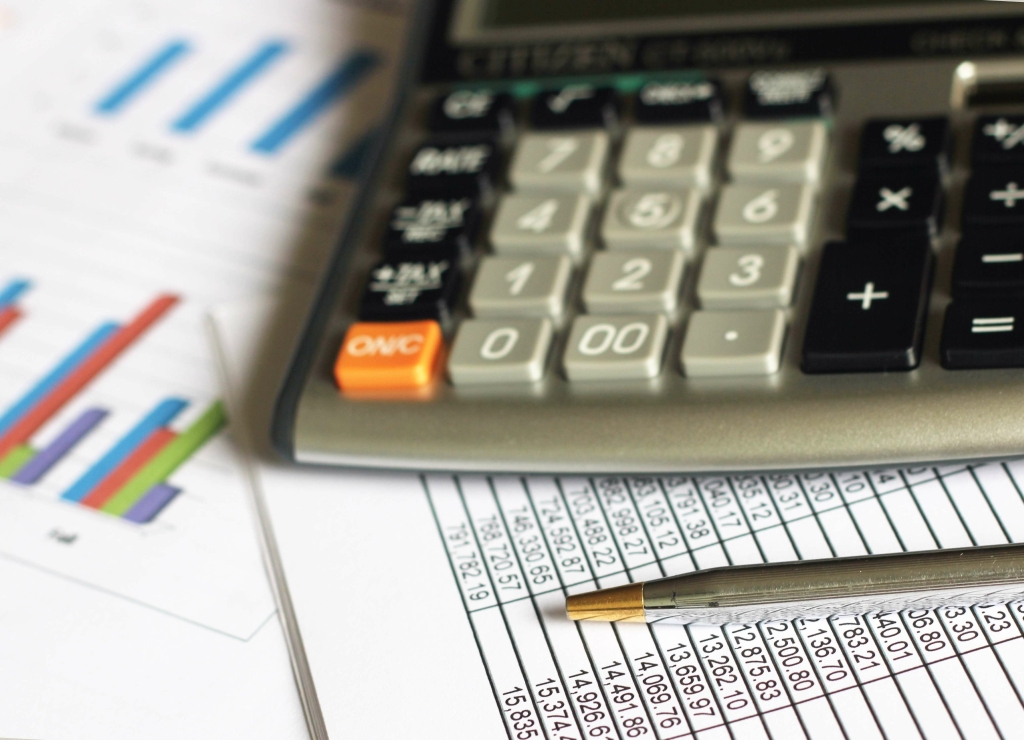By the end of this guide, you’ll be equipped to make informed decisions about asset depreciation for your business. In the world of finance and accounting, understanding how to manage and account for asset depreciation is crucial for all businesses. Imagine being able to maximize your tax deductions and improve your cash flow in the initial years of an asset’s life. This is where the double declining balance (DDB) method comes into play. Double declining balance depreciation is an accelerated depreciation method that charges twice the rate of straight-line deprecation on the asset’s carrying value at the start of each accounting period. A double-declining balance depreciation method is an accelerated depreciation method that can be used to depreciate the asset’s value over the useful life.
Accounting Services
For instance, in the fourth year of our example, you’d depreciate $2,592 using the double declining method, or $3,240 using straight line. Now you’re going to write it off your taxes using the double depreciation balance method. If something unforeseen happens down the line—a slow year, a sudden increase in expenses—you may wish you’d stuck to good old straight line bookkeeping depreciation. While double declining balance has its money-up-front appeal, that means your tax bill goes up in the future. If you’re brand new to the concept, open another tab and check out our complete guide to depreciation. Then come back here—you’ll have the background knowledge you need to learn about double declining balance.
Double Declining Depreciation
On Thursday, you have one eighth left, and you drink half of that—so you’ve only got one sixteenth left for Friday. And so on—as long as you’re drinking only half (or 50%) of what you have, you’ll always have half leftover, even if that half is very, very small. The magic happens when our intuitive software and real, human support come together. Sign up to receive more well-researched small business articles and topics in your inbox, personalized for you. She holds a Bachelor of Science in Finance degree from Bridgewater State University and helps develop content strategies. Adam Hayes, Ph.D., CFA, is a financial writer with 15+ years Wall Street experience as a derivatives trader.
What Assets Are DDB Best Used for?
With the constant double depreciation rate and a successively lower depreciation base, charges calculated with this method continually drop. The balance of the book value is eventually reduced to the asset’s salvage value after the last depreciation period. However, the final depreciation charge may have to be limited to a lesser amount to keep the salvage value as estimated. However, note that eventually, we must switch from using the double declining method of depreciation in order for the salvage value assumption to be met.
Like in the first year calculation, we will use a time factor for the number of months the asset was in use but multiply it by its carrying value at the start of the period instead of its cost. Accelerated depreciation techniques charge a higher amount of depreciation in the earlier years of an asset’s life. One way of accelerating the depreciation expense is the double decline depreciation method. Depreciation rates used in the declining balance method could be 150%, 200% (double), or 250% of the Restaurant Cash Flow Management straight-line rate.
- Unlike the straight-line method, the double-declining method depreciates a higher portion of the asset’s cost in the early years and reduces the amount of expense charged in later years.
- This approach matches the higher usage and faster depreciation of the car in its initial years, providing a more accurate reflection of its value on the company’s financial statements.
- To get a better grasp of double declining balance, spend a little time experimenting with this double declining balance calculator.
- However, the final depreciation charge may have to be limited to a lesser amount to keep the salvage value as estimated.
- The double declining balance method of depreciation reports higher depreciation charges in earlier years than in later years.
As years go by and you deduct less of the asset’s value, you’ll double declining balance method also be making less income from the asset—so the two balance out. In later years, as maintenance becomes more regular, you’ll be writing off less of the value of the asset—while writing off more in the form of maintenance. So your annual write-offs are more stable over time, which makes income easier to predict. Learn how to build, read, and use financial statements for your business so you can make more informed decisions. Our intuitive software automates the busywork with powerful tools and features designed to help you simplify your financial management and make informed business decisions.




